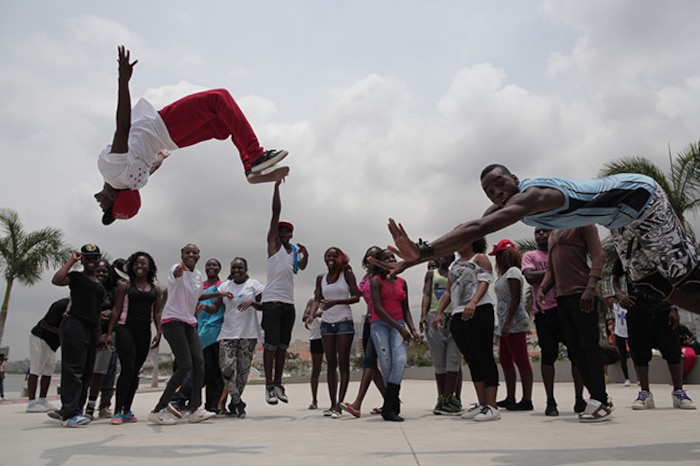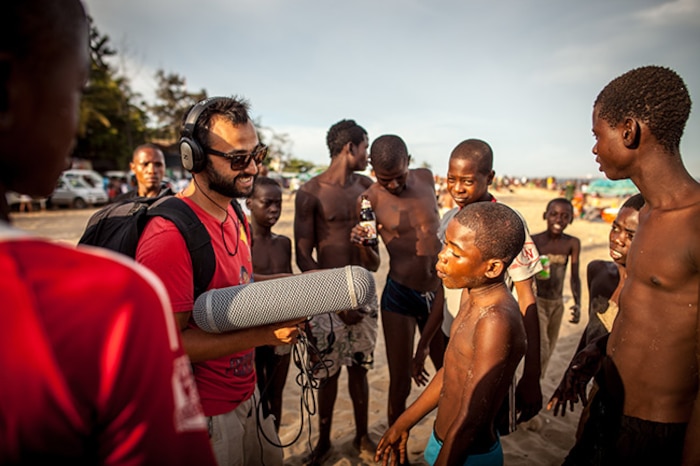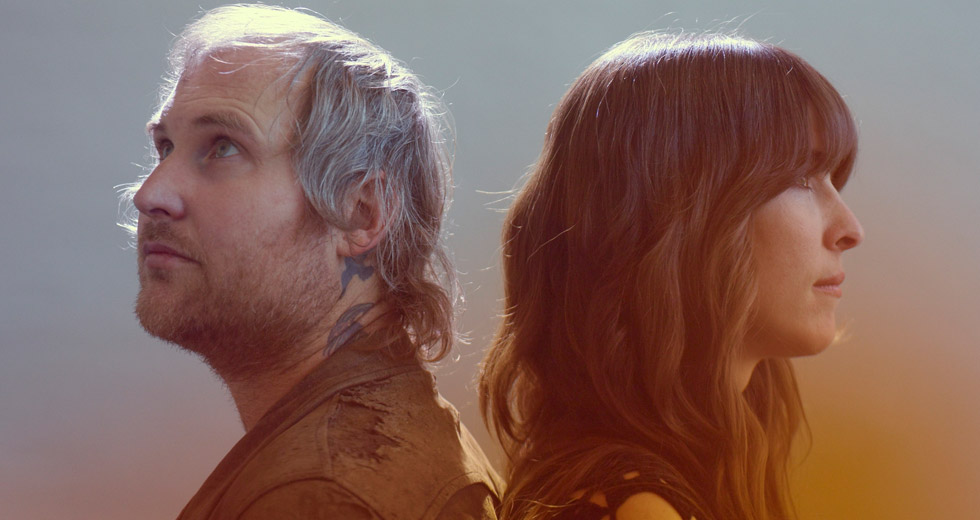Interview: I Love Kuduro’s Director Mário Patrocínio
The new documentary digs deep into the genre’s Angolan roots, uncovering a vibrant scene of hungry young artists.

If you’re like most people, your first encounter with kuduro was through the Portuguese crew Buraka Som Sistema or reggaetonian Don Omar. But there’s plenty more, once you start looking. Kuduro, which was inspired by this weird scene from a Jean-Claude Van Damme flick and translates literally to “hard ass,” is a heady, joyful, cosmopolitan sound that combines traditional Angolan semba with ravey techno synths and the disjointed, frenetic pacing of soca. It’s beloved by Angolan teens who quote Meek Mill lyrics and make up dances in the street while wearing Drake’s OVO gear.
It’s as much a style of music as a movement, and this is the story that unfolds in I Love Kuduro, a documentary project by Portuguese director Mário Patrocínio and Angolan producer Coréon Dú. The film had its first premiere outside of a Portuguese-speaking locale last month at the Hot Docs Festival in Toronto.
Why did you want to make this film?
I was living in Brazil when I decided to make the film, but my passion and the curiosity goes back to my college days in the mid-’90s, when kuduro appeared in some clubs in Lisbon. The beats made us travel. The rhythm was contagious and accompanied by live animations, with dances and “touches” that drove the clubs wild. The energy felt totally different from what was going on in other contexts; the dance floor would open up and people would watch the performances of dancers and MCs who, with a very unique style, were able to make everybody dance. I wanted to know more about kuduro, how it was made and the real stars and craftsmen of the sound.
The story of kuduro, as presented here, makes it impossible to separate the music from the politics of Angola.
Other styles of music are certainly vehicles of expression, but don’t have the same power of cultural identification for Angolans.
Unfortunately, politics seem to dominate the world but in the case of Angola, the country had a civil war that lasted 30 years and kuduro emerged from that period. It was important to us to make people aware of the country’s socio-economic environment. But I don’t feel that politics are the basis of the movie, at all. Kuduro is 100% Angolan, and earned its space for its electrifying and liberating strength. Other styles of music are certainly vehicles of expression, but don’t have the same power of cultural identification for Angolans.

I think this film is important because it counters the prevalent depiction of African countries as places of poverty and war, and instead provides a really modern, contemporary snapshot of Angola. Was this something you thought about while making the film, particularly as a non-Angolan?
The world doesn’t seem to realize Africa isn’t just poverty, wars, wildlife and beautiful landscapes. There are vibrant cities that influence a plethora of artists worldwide, the same way Africa absorbs a lot from the exterior. There’s an exchange, a synergy, and there are contemporary artists that don’t fit in with traditional African arts, but think and relate themselves to today’s world. In my research, I realized little or nothing was known about those creators so if artists like Buraka Som Sistema and Diplo are well-known, I thought it was also important to try and show the origin of beats now heard around the world.
The central narrative of this film doesn’t involve any women but we see them as dancers on stage and in the crowd shots at parties and concerts. What is the role of Angolan women in Kuduro?
Women’s arrival in the world of kuduro was very important. It brought more elegance to something that was often extremely aggressive, but I believe many women still suffer an enormous prejudice due to the fact that the public generally has some trouble decoupling the woman/mother from the performer.
Still, female artists have earned their space in the world of kuduro. In our case, we had the opportunity to meet some female kudurists, though it wasn’t possible to have them in the film. It’s understandable that female kudurists had less time: being a mother requires a lot of availability, and is very much valued in African society. But it’s also interesting to observe the respect and admiration the female public has towards Titica, [a transgendered artist who is] side-by-side with Angola’s most important women – and not just entertainers.

What has changed in the Angolan music scene since filming and releasing this doc?
The shooting took a month-and-a-half, but we spent six months in Angola to feel the kuduro phenomenon in its own context and speak with artists and also common citizens from downtown Luanda and the suburbs.
There are one-hit wonders and those who stay active. The artists we chose, like Sebem, Nagrelha and Francis Boy, have stayed on top. Achieving fame is relatively easy, but to stay on that path and achieve real success is the hard part. The artists we chose to feature were able to do that: they’re still popular, and that’s what enables us to understand a phenomenon that goes way beyond music.
Images: BRO

